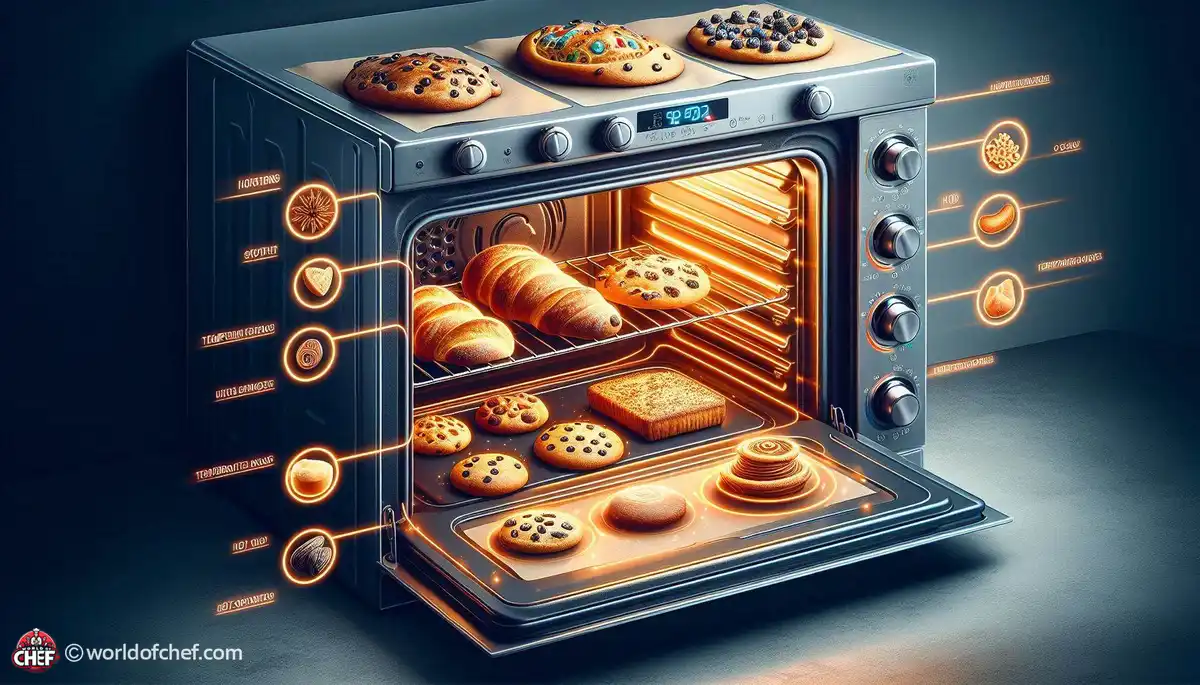
Understanding Oven Hot Spots and How to Bake Around Them
Russell Comeaux - Mar 30, 2025 - 13 min read

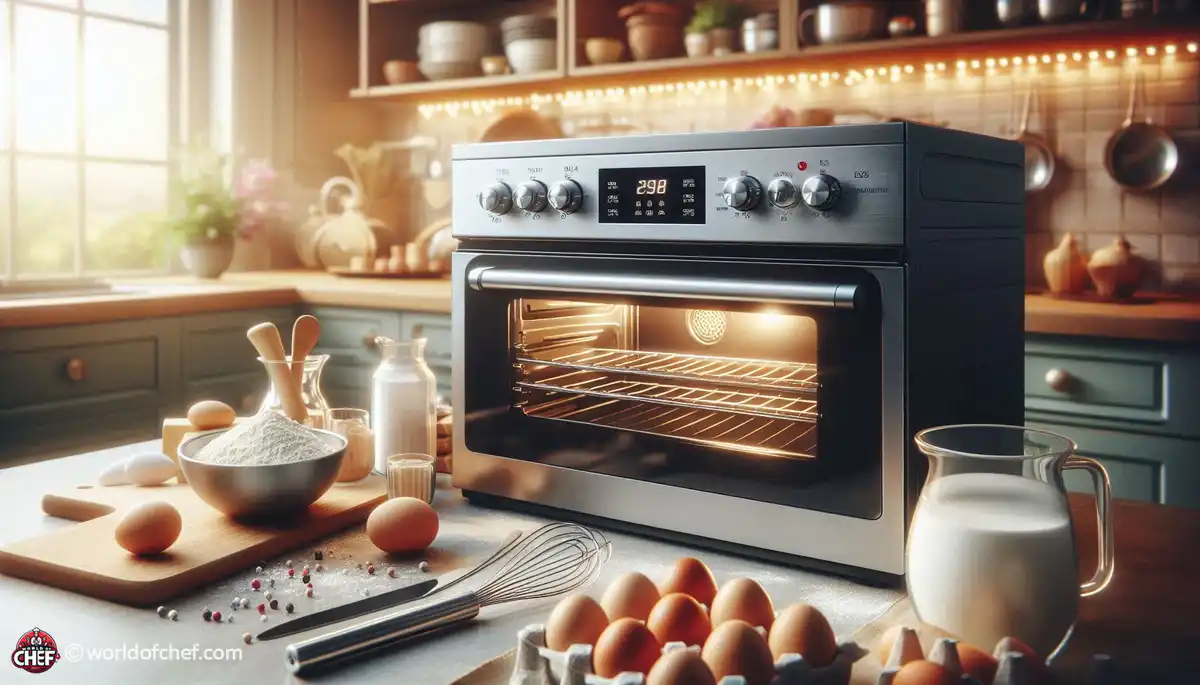
Baking can be described as an experiment in science, but very often, achieving perfect results is more a matter of how well you understand and control your oven temperatures. With the right know-how in adjusting these temperatures, baked goods come out just right every time. Let's dive into this ultimate guide on adjusting oven temperatures covering everything from the basics to advanced tips.
Baking involves chemical reactions in the ingredients, and the temperature at which you bake them plays a critical role. An oven that's too hot could cause your baked goods to rise too quickly, resulting in an outside that is burnt while the inside remains raw. If it's too cool, you may end up with dense or undercooked products. This is most crucial for recipes that demand accuracy regarding the measurement of ingredients. There are recipes like cakes and breads, whose final texture and flavor mostly depend on the ideal temperature set for baking.
Most baking recipes usually demand temperatures between 325°F and 450°F. Lower temperature applies in cases of baked goods or custards, and gentle heat enables them to bake without turning them into overcooks or scorched- a usually much-appreciated point while people look out for that fantastic crunchy end in baking pizza and roasting. Knowing exactly what temperature to set will help you attain the desired end whether you're looking for a soft, chewy cookie or a crispy loaf of bread.
Since most of the ovens come with a built in thermostat, it may sometimes not be accurate by 25° F. It is something that will help you to check if you are actually baking at the right temperature. Insert it into the middle of your oven to get an accurate readout. Preheat your oven for at least 15 minutes before you actually bake. This will let the heat spread evenly and this is what's essential for getting the best results from baking.
Cakes demand accuracy. Virtually all cake recipes call for about 350°F in an oven. But, of course, different recipes may require a little adjustment. For example, a very fragile Sponge Cake could be baked at a very low temperature so that its edges do not get burnt up while the middle remains soft. If you are baking a layered cake, bake it at a slightly high temperature so that the layers rise quickly and the finished cake is light and airy.
Cookies are another baked product that requires high attention to temperature. Many cookie recipes suggest baking at 350°F as well, but you may have to adjust the temperature depending on what type of cookie you make. Chewy cookies typically require higher temperatures for rapid rise while softer cookies may need lower temperatures for even baking. This can be used as a guide to perfect your cookies.
Bread baking sometimes requires a little more nuance. While most bread recipes tell you to bake at between 375°F to 450°F, the actual temperatures may vary with the different breads. Artisan breads generally prefer a hotter oven to give that crunch on the outside. Enriched doughs like brioche might do better in a cooler oven to prevent overcooking. The nuance mastery of these can make you a bread-baking superstar.
As though ovens themselves were somehow not all created equal-just like human beings or animals-they all differ with their individual quirks: the hot spots that sometimes may be much higher here and there than in another. In essence, some of the uneven baking develops as a result: the whole process-from rising through to browning-is distorted. To spot hotspots, one uses a method quite simple: sprinkle some flour on a baking sheet, heat for a couple of minutes, and upon removal, it will look at where flour has quickly browed, showing hotter regions.
Anyways, after you get an in-depth view of hot spots within your oven, you will easily find it possible to make adjustments with regard to your baking techniques. You could, for example, just turn your pans mid-cooking time as a way to counter hot spots. Alternatively, however, if you notice one side browns much earlier than the other side of your baked products, then you might need to shift the pans or position the racks of your oven in another way.
Knowing the temperature distribution of your oven can be accomplished with an oven thermometer. You can start by placing it in different areas within the oven to get an understanding. This information will be helpful in deciding your recipes or the position in which you put your baking sheets in order to have even results each time.
Baking at high altitudes impacts how your baked goods rise and bake. In general, the higher you go, the lower your atmospheric pressure. This can also cause your cakes and breads to rise more quickly, so you may have to raise oven temperature or baking time in most cases. Many bakers at high altitudes note that by increasing their oven temperature by 15°F to 25°F, they get better outcomes.
Humidity can also influence the outcome of your baked goods. In humid places, for instance, flour can absorb moisture in the air, which may change the consistency of the dough or batter. You would probably have to adjust your measurements of flour or even the temperature if you come from a very humid place. You could also reduce the oven temperature a little bit to counteract the excessive moisture, so that they are baked evenly.
Conventional, convection, and toaster ovens all react differently to temperature changes. Convection ovens move air around which typically permits lowering the oven temperature and shortening cooking time. Generally, if you are using a convection oven, you can drop the temperature by around 25°F compared to conventional baking in an oven. Knowing which oven you are working with can also make for better corrections toward consistent baking.
Underbaking is rather typical, due to many different reasons like the oven's temperature. If you continually pull out cakes or cookies raw, first off ensure that your oven is properly calibrated. Maybe you just take them out too soon. All ovens differ so make sure you learn how many minutes over what recipe bakes in your oven.
On the other hand, there is also overbaking. Then the baked products become too dry or tough. If it is happening too often, reduce your oven temperature to 25°F. Then your baked products will definitely be fully cooked without drying up. You can also test this by using an oven thermometer to ensure that it has attained the right temperature.
If your baked goods are not coming out evenly, then it might be time to check on the hot spots in your oven. Rotating your baking trays can distribute the heat better. If problems persist, then it may be that your oven needs calibration. Most ovens can be recalibrated so that accurate temperature readings will be achieved, which then leads to better baking outcomes.
Preheating your oven is one of the most crucial steps that most bakers forget. This will ensure that your oven gets to the right temperature before putting in your baked goods. Failure to preheat might lead to improper rising and uneven baking, especially when dealing with soufflés and cakes.
Normally, your oven should preheat for at least 15-20 minutes. If your oven is professional or highly advanced, consult the manufacturer's guidelines for optimal preheating times. If you are unsure, use an oven thermometer it will explain to you the whims of your oven, and you will not suffer much later on.
By looking at it visually, you'll know if your oven has reached the correct heat. When it's hot, you should actually feel that consistent heat coming from the oven. If you're using an oven thermometer, ensure it reaches the proper temperature before baking your items. This is what's most important in obtaining the perfect baked goods.
Baking is both an art and science. Feel free to experiment with temperature variations for what works best in your specific recipes and oven. For example, you might find that some cookies bake better at a slightly higher temperature, while cakes might need a lower setting to be fluffier.
Adding steam to your oven bakes a world of difference, especially for bread. Steam can be achieved by placing a shallow pan of water at the bottom of your oven as you heat it up. With this added moisture, your bread crust will be better shaped and not dry out too fast. Just be cautious with other baked products since too much moisture ruins their texture.
Every recipe is unique, but knowing the cues that will let you know when to turn down your heat will make you a more intuitive baker. Sometimes cakes brown too quickly, so try reducing the temperature. Cookies that don't spread as much as they should can be assisted by increasing the temperature. Paying attention to your baked goods will enable you to do this with sureness.
Proper adjustment of oven temperatures is a necessity that every baker should be confident about mastering. With practice and a little bit of trying around, you will adapt your techniques in different recipes so your baked goods turn out perfect every time. After all, baking is a journey, and the more you know about your oven and the science behind it, the more it will blossom in the kitchen. Happy baking!

Russell Comeaux - Mar 30, 2025 - 13 min read
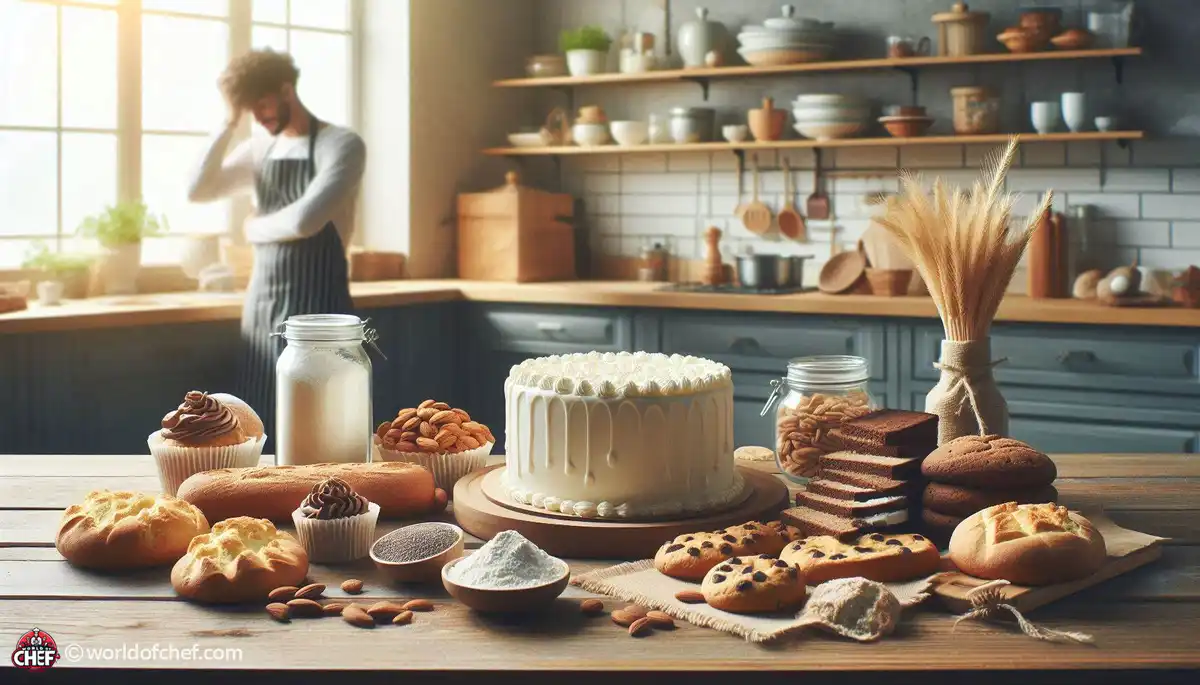
Alexis Larose - Mar 25, 2025 - 15 min read
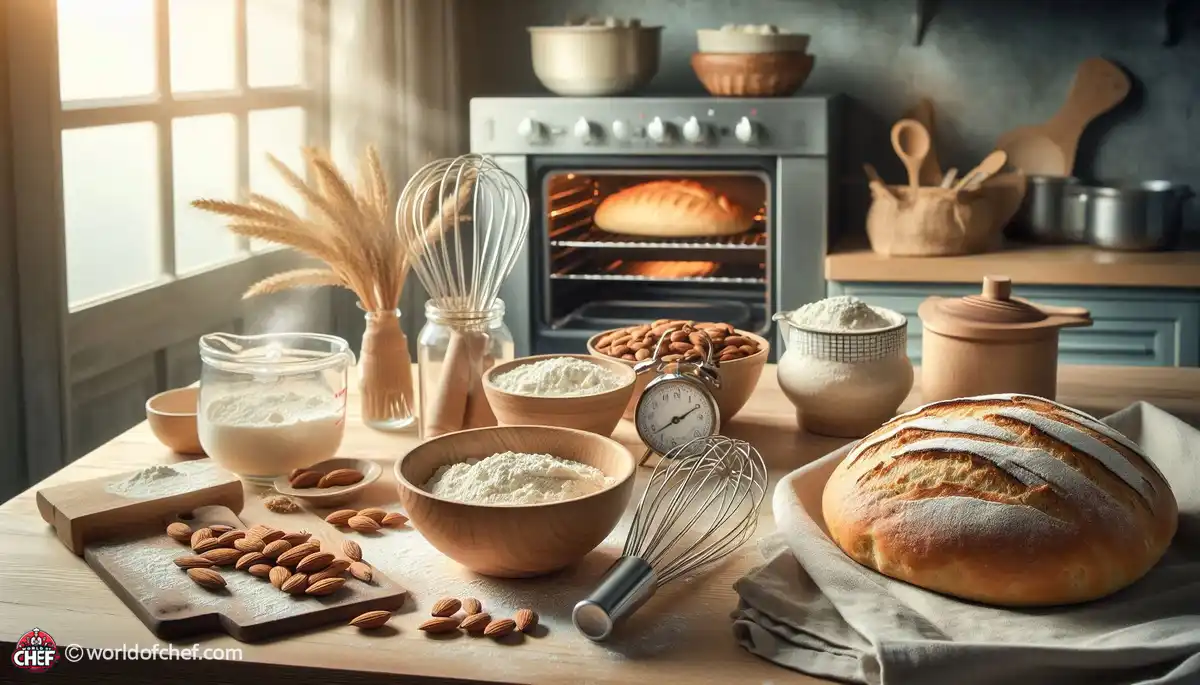
Hailey Morrill - Mar 21, 2025 - 18 min read
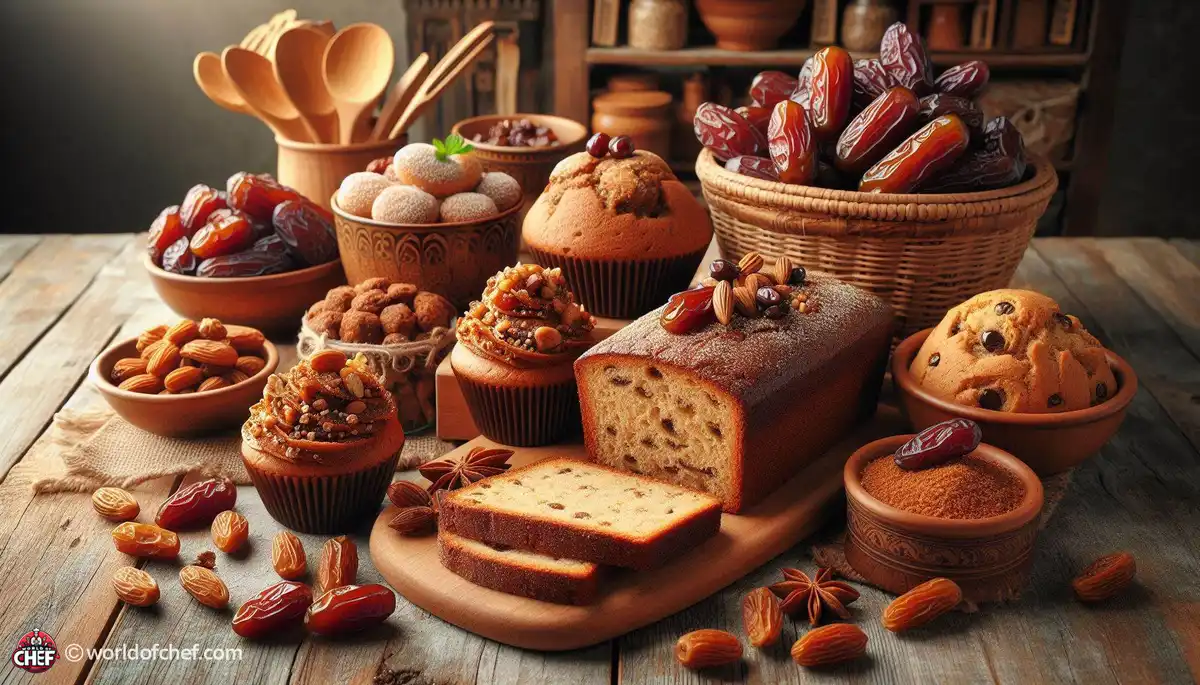
Bobby McKelvey - Mar 18, 2025 - 12 min read